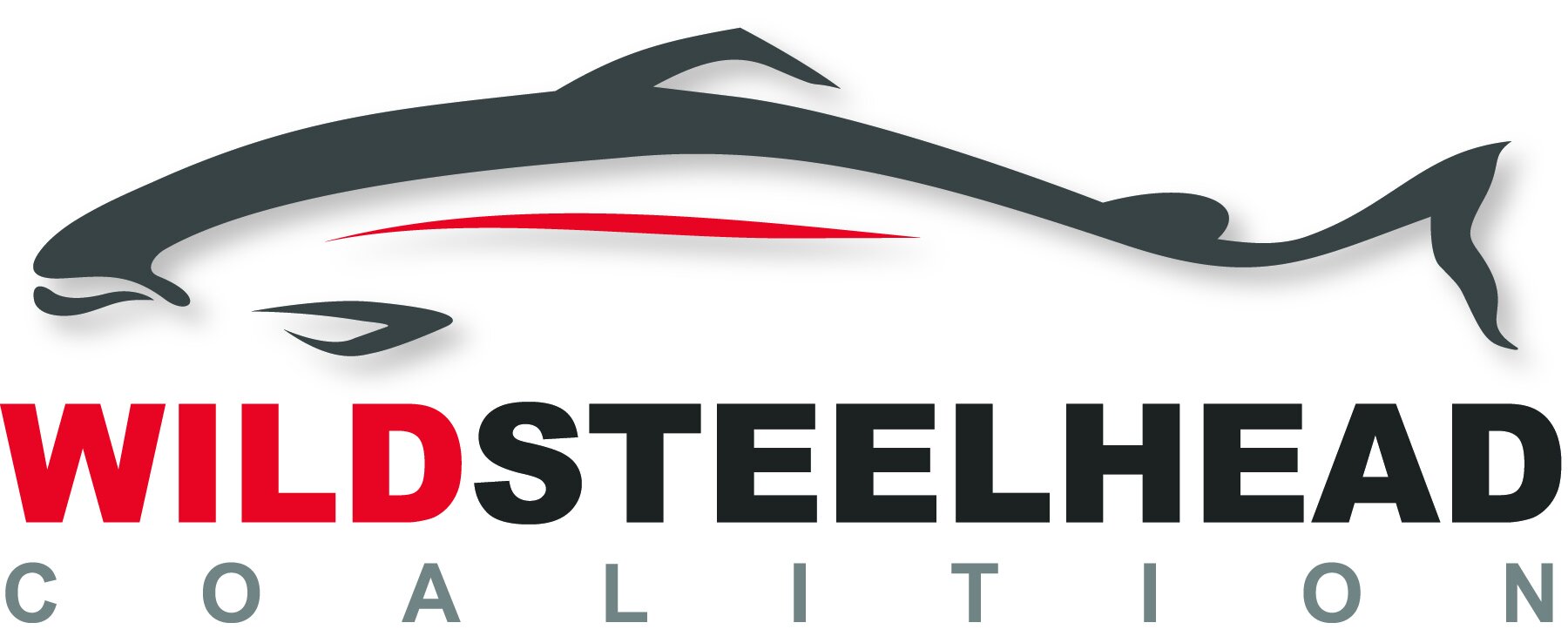WDFW Launches Rulemaking Effort to Address Coastal Steelhead Declines
In response to years of declining wild steelhead populations on Washington’s coast and growing federal scrutiny, the Washington Department of Fish and Wildlife (WDFW) has launched a formal rulemaking process to overhaul fishing regulations for steelhead, gamefish, and trout across the Olympic Peninsula and southwest coastal rivers. State and tribal co-managers have already curtailed fisheries since 2019 and implemented emergency measures, such as banning fishing from boats, to minimize angling impacts.
These emergency actions, however, have not been backed by a unified and durable regulatory framework. “We’re dealing with outdated rules that don’t reflect the current reality,” said WDFW’s Region 6 Program Manager Chad Herring during a presentation to the Fish and Wildlife Commission on June 26. “The last comprehensive update to many of these regulations was over a decade ago.”
Adding urgency to the process is a pending federal decision that could reshape coastal steelhead management for decades. In 2022, NOAA received a petition to list Olympic Peninsula steelhead under the Endangered Species Act. A formal status review released in November 2024 found the population segment to be at moderate risk of extinction, signaling that more protective measures could soon be mandated under federal law.
The proposed rulemaking will cover all rivers west of the Elwha River and south to the Naselle River, including iconic fisheries such as the Hoh, Queets, Quinault, Chehalis, and Willapa Bay systems. Specifically, WDFW is evaluating adjustments to season dates and gear restrictions in waterbodies that currently allow fishing for steelhead, game fish, or trout. Late spring, a critical period for spawning and kelt reconditioning, has been flagged as particularly sensitive.
The rulemaking timeline includes multiple opportunities for public engagement. Two virtual public meetings are slated for July, with formal Commission briefings and hearings scheduled throughout the fall. A final decision is expected by November, with the new rules taking effect in early 2026.
“The goal is to get out of the cycle of annual emergency rules and into a permanent framework that reflects both the science and the shared priorities of our co-managers,” said Statewide Salmon & Steelhead Policy Advisor Mark Baltzell.
The effort reflects growing pressure on fish and wildlife agencies to modernize management in the face of ecological change, legal challenges, and the deep cultural significance of wild steelhead.

